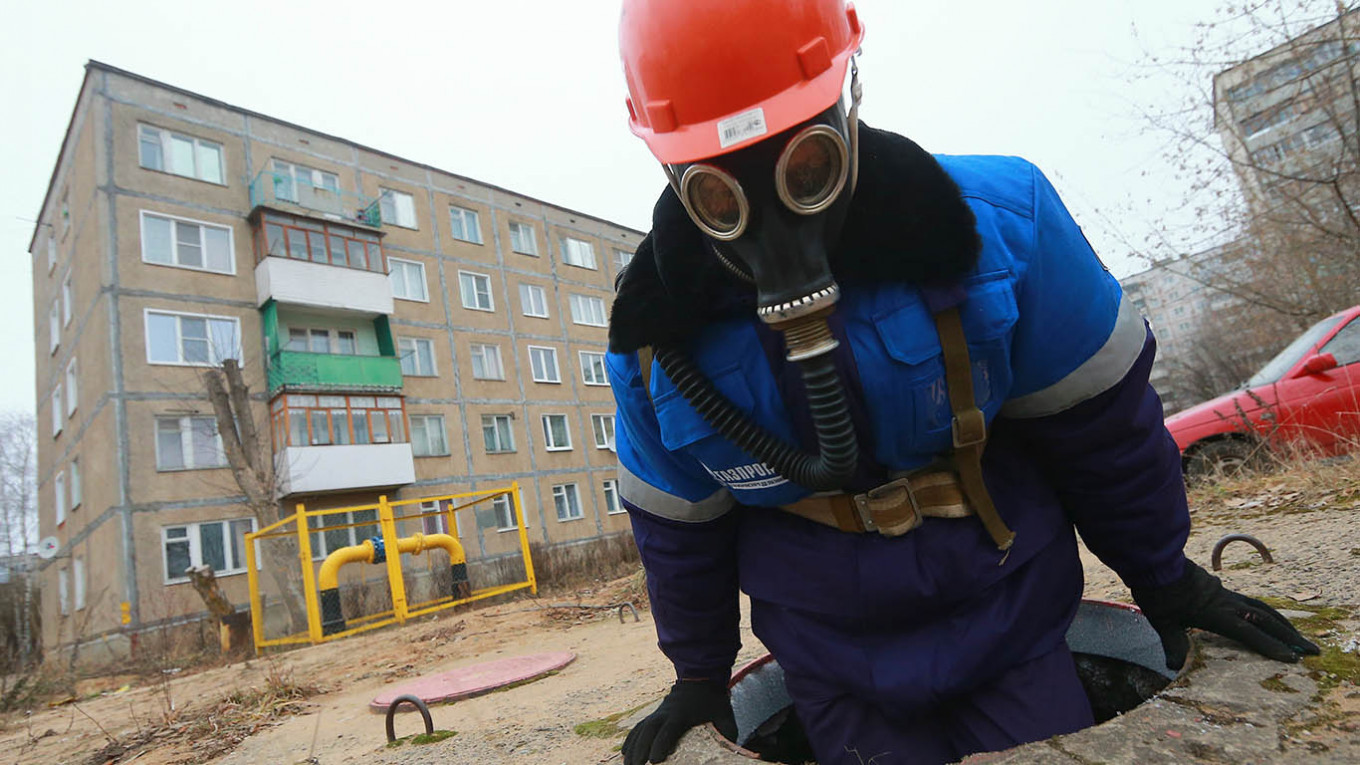
Russian gas pipelines emitted more methane, a potent greenhouse gas, in 2020 than the previous year despite a coronavirus-related slump in demand, the European Space Agency has said.
Citing analysis of its satellite images by the data firm Kayrros, the ESA said Thursday that methane emissions increased by 40% despite a 14% drop in Russian gas exports to Europe and a 10% drop in global methane emissions.
The ESA linked the methane emissions to “easily and cost-effectively” avoidable practices during routine maintenance operations.
“The climate footprint of these operational practices is enormous,” said Kayrros president Antoine Rostand, who equated the emissions to 3 million tons of carbon dioxide.
The Kayrros analysis detected 46 large methane emission events along Russian pipelines carrying natural gas into Europe in 2019-2020. Energy analysts attributed the 40% spike in methane emissions from flaring and venting to a drop in energy prices and lack of maintenance during the pandemic, according to the Climate Home News outlet.
The International Energy Agency, which names Russia and the United States as the world’s top emitters of methane in absolute numbers, said global methane emissions dropped 10% in 2020 due to reduced output.
The European Union, the world’s largest gas importer, said last fall it was considering imposing binding methane emissions standards as it aims to cut greenhouse gas emissions to net zero by 2050.
Reuters had named Kayrros’ research part of a growing effort to find the biggest methane leaks through technology.
In addition to leaky pipelines and infrastructure, methane is emitted from unused coal mines and farming.